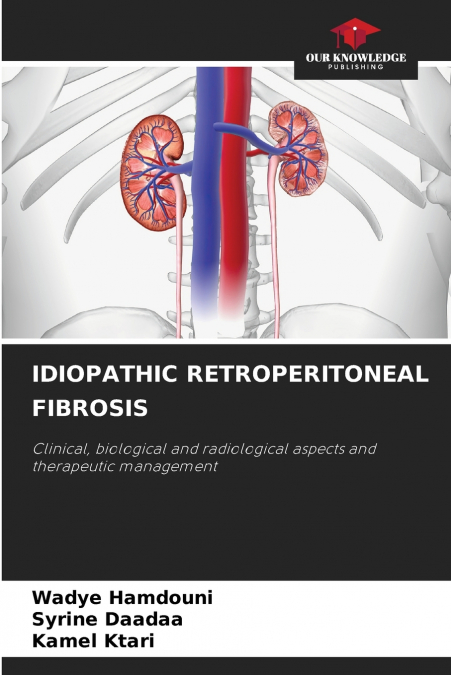
Kamel Ktari / Syrine Daadaa / WADYE HAMDOUNI
Retroperitoneal fibrosis (RPF) is a condition characterized by the presence of aberrant, nonspecific fibro-inflammatory tissue forming around retroperitoneal structures, enclosing them to a variable degree. These structures include the abdominal aorta, inferior vena cava and ureters. Although it can have a variety of etiologies, and can therefore be considered secondary, in over 70% of cases it remains idiopathic, and can be associated with a number of systemic pathologies without, however, being a direct consequence. The positive diagnosis of idiopathic PRF is based on the contribution of imaging, essentially computed tomography, on the negativity of the etiological work-up and, in cases of doubt, on histological evidence. The renal complications of PRF can be serious, with the risk of renal failure, particularly obstructive renal failure, and thromboembolic complications. PRF is still a highly controversial condition in terms of its nosological framework, clinical presentations and therapeutic management.